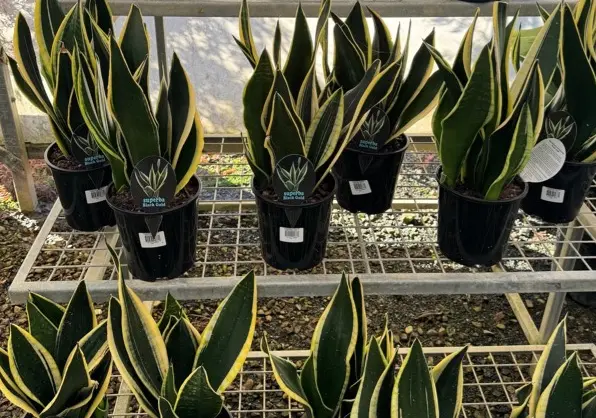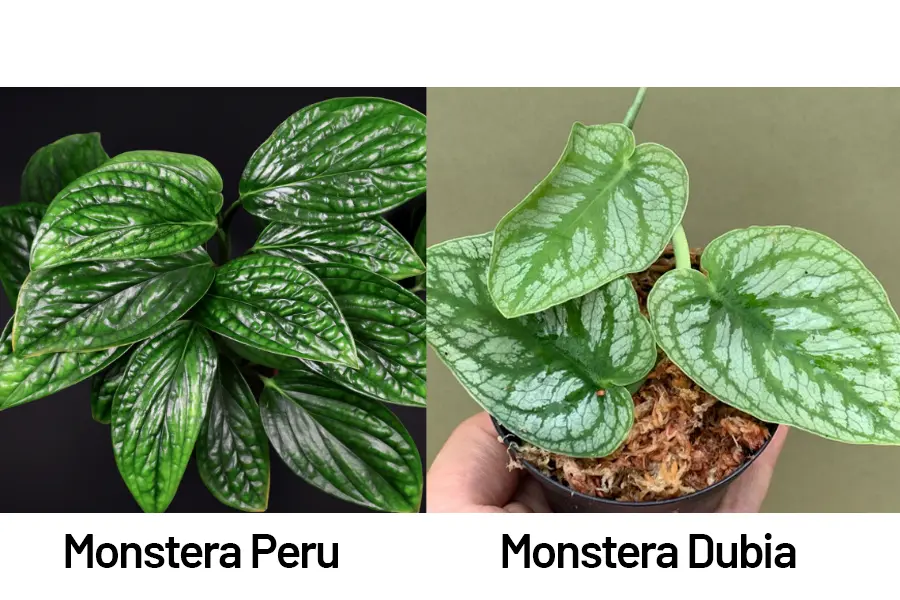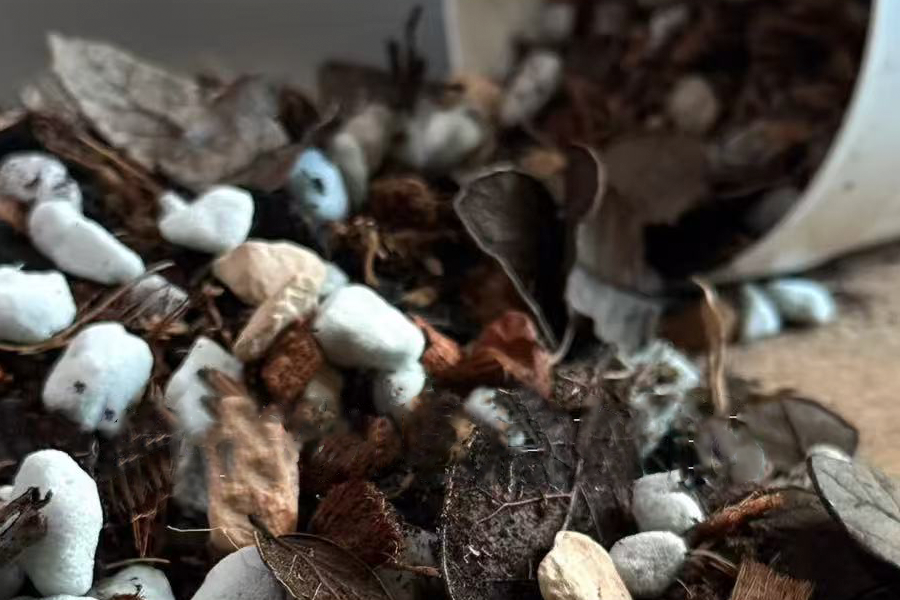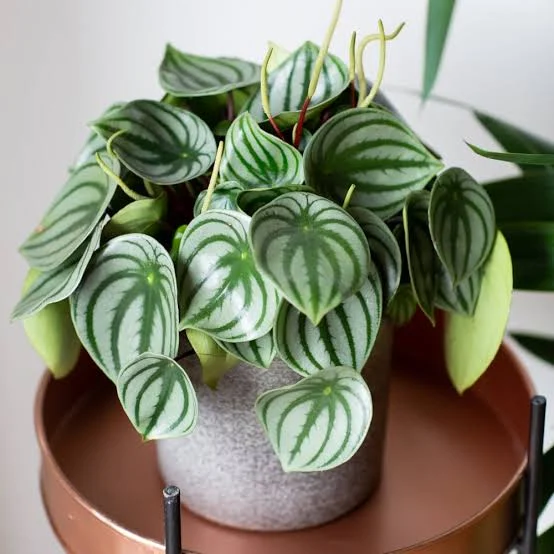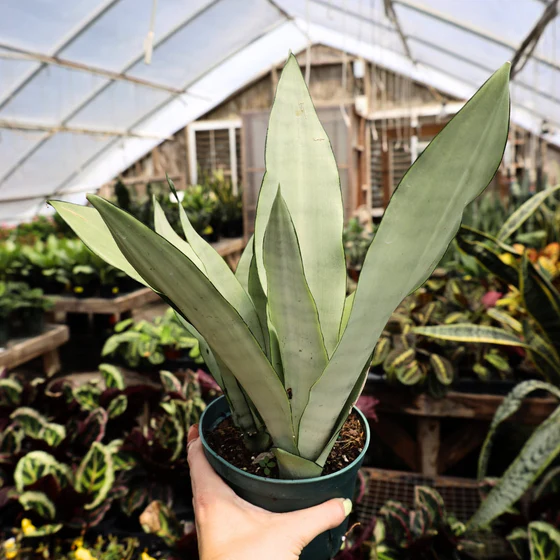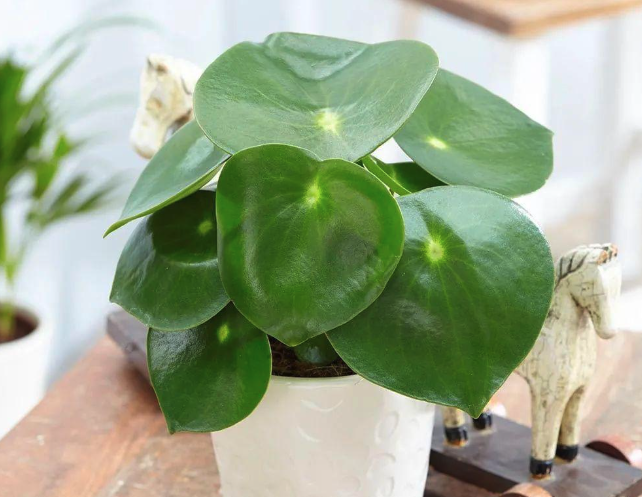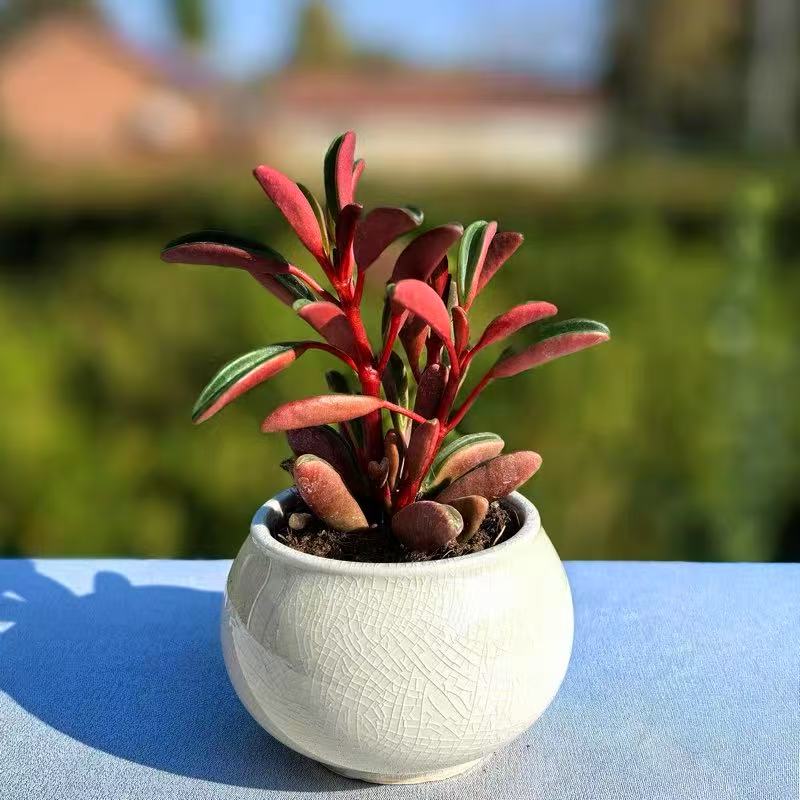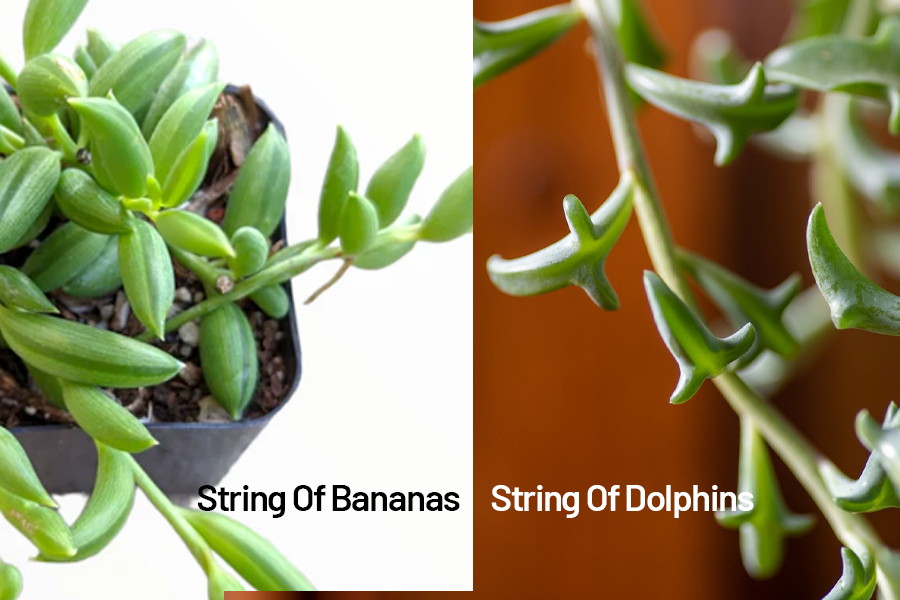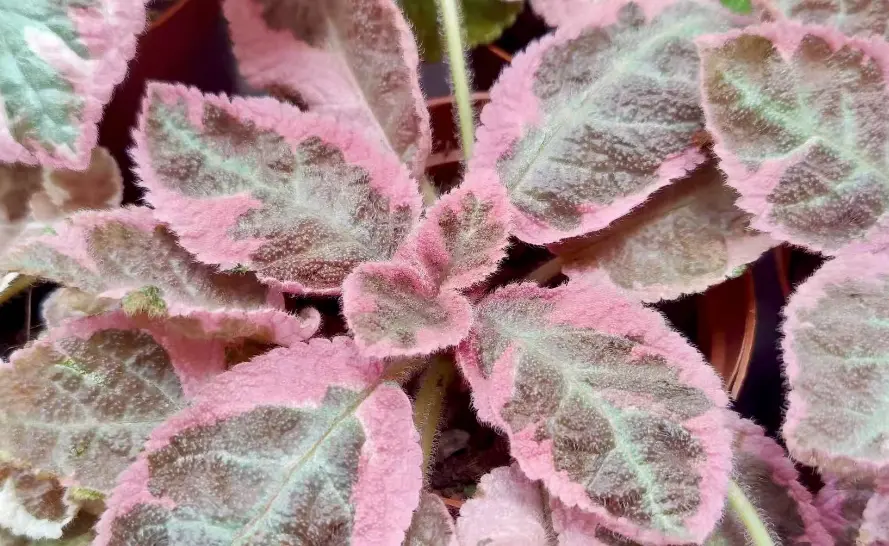How to take care of Sansevieria Black Gold
If you’re looking for a bold, low-maintenance houseplant with personality, the Sansevieria ‘Black Gold’ is an outstanding choice. Popular among both seasoned plant collectors and curious newcomers, this striking variety of snake plant is known for its dark, almost black-green leaves edged in radiant gold. Beyond its elegant appearance, it’s also wonderfully easy to care for and tolerant of a variety of indoor conditions, making it ideal for homes, apartments, or offices. What Makes Sansevieria ‘Black Gold’ Unique? The ‘Black Gold’ cultivar belongs to the Sansevieria trifasciata species, sometimes referred to as mother-in-law’s tongue. What sets this variant apart is its dramatic color contrast: the sword-like leaves are rich green, so dark they appear almost black, bordered with vibrant golden yellow margins. This sophisticated color palette makes it an eye-catching addition to both minimalist and richly decorated interiors. The upright growth pattern and architectural shape of ‘Black Gold’ also lend it a modern, clean look. It can grow to about 2 to 3 feet tall indoors, and it’s commonly displayed solo in a decorative pot or grouped among other low-light houseplants for a diverse display. Light Requirements Sansevieria ‘Black Gold’ is incredibly adaptable in terms of lighting conditions, but proper placement can make a significant difference in its growth and color vibrancy. Place your plant near an east-facing window or a few feet away from a south or west-facing window with filtered light for best results. Watering and Humidity Sansevieria species, including ‘Black Gold’, are drought-tolerant succulents that thrive with infrequent watering. Overwatering is the most common mistake with these plants and can lead to root rot. Humidity is not a major concern for ‘Black Gold’. It thrives in average room humidity. However, avoid placing it directly next to heating vents or air conditioners, which can cause the leaf tips to dry out. Soil and Potting Like many other succulents, Sansevieria ‘Black Gold’ appreciates well-draining soil. A cactus or succulent potting mix is ideal because it prevents moisture buildup around the roots. You can also make your own mix by combining: Repotting every 2-3 years is usually sufficient. These plants enjoy being slightly root-bound, so don’t rush to move them into a larger pot unless the roots are beginning to push through the drainage holes. Temperature and Environment Sansevieria ‘Black Gold’ is a tropical plant and does best in typical indoor temperatures: If placing your snake plant near a window that gets chilly in winter, make sure it’s not touching the glass and monitor for any signs of cold stress (softening leaves or discoloration). Fertilizing and Feeding Sansevieria ‘Black Gold’ doesn’t need heavy feeding to thrive. In fact, over-fertilizing can do more harm than good. If you choose to fertilize, follow these guidelines: Common Issues and Troubleshooting Though remarkably resilient, Sansevieria ‘Black Gold’ can occasionally develop issues if its care routine is off track. Here are some common concerns and how to fix them: Propagation Tips Sansevieria ‘Black Gold’ can be propagated through leaf cuttings or division. Division: This method is the easiest and most reliable. When repotting, separate offshoots or “pups” from the main plant using a clean, sharp knife. Plant the pups in their own pots with fresh soil. Leaf Cuttings: Cut a leaf into sections (around 3 inches each), let them callous for a day or two, and stick them upright in moist, well-draining soil. Keep in bright, indirect light and be patient—root development can take several weeks. Pest Management ‘Black Gold’ is relatively pest-resistant but can occasionally attract insects, especially if stressed or overwatered. Benefits of Growing Sansevieria ‘Black Gold’ Besides its visual appeal, this plant brings a variety of additional benefits: Conclusion Sansevieria ‘Black Gold’ combines striking aesthetics with hassle-free care, making it a houseplant powerhouse. Whether you’re dressing up a corner of your living room, decorating an office, or simply adding a touch of greenery to your bedroom, this plant delivers beauty with minimal demands. With the right light, an occasional watering, and a little love, ‘Black Gold’ will reward you with years of bold, gold-edged charm. References

